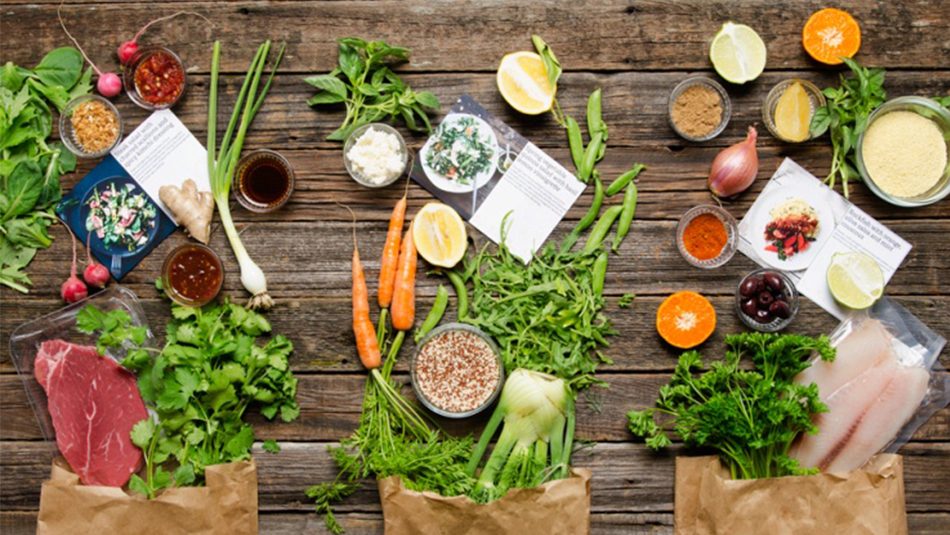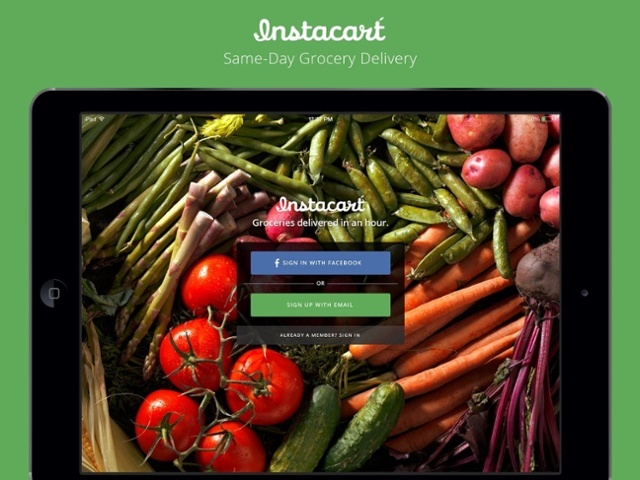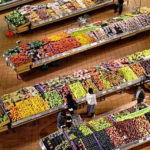
How Grocery Retailers Capitalize on Convenience
‘Convenience food’ was once a pejorative, but not anymore. Today, it’s practically a requirement for food brands to provide convenient products, even when delivering “clean”, gourmet or vegan options.
As A. Elizabeth Stone stated in the Institute of Food Technologists’ “Top 10 Food Trends” report in April 2017, “Despite the recent media preoccupation with clean labels and free-from foods, the food industry remains driven by convenience.”
Here are four ways retailers and food manufacturers are responding to consumer demand for greater convenience, and tactics they can use to further capitalize on the trend:
The new from-scratch cooking
The IFT report cites Food Marketing Institute, Harris and Management Systems International data that illustrates the depth of consumers’ demand for convenience. Fifty-three percent of shoppers used partially prepared items when preparing dinner at home, with only 35% of people cooking mostly from scratch. Nearly half (45%) of shoppers buy heat-and-eat poultry or meat at least once a week, and 40% buy pre-cooked ready-to-eat products. Fifty-six percent of adults bought deli prepared meal items last year.
Younger demographics are demanding convenience more than older age groups. One-third of consumers under 45 use packaged meals or stir-fry kits, and 20% use refrigerated heat-and-eat potatoes or pasta.
Opportunity:
Nearly half of all users of these prepared products doctor them with seasoning or added ingredients. There is a need gap for prepared or semi-prepared items with more variety, more ethnic options and more gourmet offerings.
Meal Kits
Supermarkets are waking up to the challenge of meal kit delivery services like Sun Basket, HelloFresh and Blue Apron. These services have grown into a $1.5 billion market in the last five years, and are expected to double in the next five. Kroger recently announced that it is testing a line of meal kits in four stores in the Cincinnati area. The line, called Prep + Pared, offers ingredients to prepare a meal for two in 20 minutes. Prices start at $14, with dishes like Moroccan-inspired spring vegetables, and creamy chicken and bacon Alfredo.
Publix has introduced meal kits in two stores, one in Orlando and one in Tampa. Their kits come in three levels of difficulty, Simple (up to six steps), Simpler (four steps) and Simplest (heat and eat). Giant, Whole Foods and Peapod are among others to expand into the meal kit business.
Opportunity:
With the size of this category exploding, food marketers have a huge new opportunity for growth, especially food commodity groups offering unprocessed raw materials.
Online ordering for pick-up (or delivery) is picking up
Jewel-Osco became the latest supermarket chain to enter the online ordering fray in an announcement at the beginning of May. Hy-Vee also has a plan on the drawing board to open a small market in West Des Moines that will feature a drive-thru coffee shop on one end and a drive-up lane on the other for customers picking up groceries they have ordered online.
Instacart has aggressive growth plans as well, and expects to be available to 80% of U.S. households by the end of 2018. Instacart uses independent drivers to shop at its grocery partners and deliver to customers, providing chains an easy way to offer their customers delivery without the cost of their own operation to do it.

Opportunity:
Instacart partners with packaged foods brands to reach customers who are ordering online. Promoting a brand through Instacart is a different way to reach customers at the most valuable “point-of-purchase” moment.
Fast fresh formats and grocerants are growing
Kroger recently opened Fresh Eats MKT, a new 12,000 square foot convenience store concept, in Blacklick, OH. Jeff Parker, president of Kroger Convenience Store Division, called the store “a new way to shop,” and he’s not exaggerating. The store is a confluence of fresher, healthier offerings than is typical, and gives new meaning to the word convenience. The store includes mobile and online ordering; made-to-order food with indoor and outdoor seating; a large assortment of fresh produce, meat, bakery and dairy; and bulk nuts, mixes and candy. It also features a drive-thru pharmacy, a Starbucks, Coke Freestyle machines and fuel pumps.
Similarly, Alberstons’ Star Market in Boston reopened four remodeled stores in the first week of May.The stores now feature expanded prepared meals and hot foods. These include fresh-made pizza, grilled chicken and a noodle bar, as well as fresh cut fruits and vegetables and bulk nut displays.
Whole Foods opened its fourth 365 branded store in Austin in late April, which features not one but two full service eat-in locations. Easy Tiger is a bakery and a beer hall, while Juiceland offers a full line of juices and smoothies.
Big Y recently remodeled its Amherst, MA store so it includes a ready-to-eat chicken wing bar, a stir-fry station and a café area with a coffee house feel.
Wegmans and H-E-B were early adopters in the grocerant business.
Opportunity:
Grocery retailers are clearly aware that traditional formats are giving way to new options that provide more convenient, faster ways for customers to get the food they want. Food manufacturers are going to have to be equally nimble in providing products that are adapted to the “new food chain.”
With customers demanding more convenience than ever, there is no doubt that new business models for food delivery systems will be developed. Food and beverage producers must be adept in providing products that will supply these formats.
*This article originally appeared in FoodDive on June 1, 2017.





